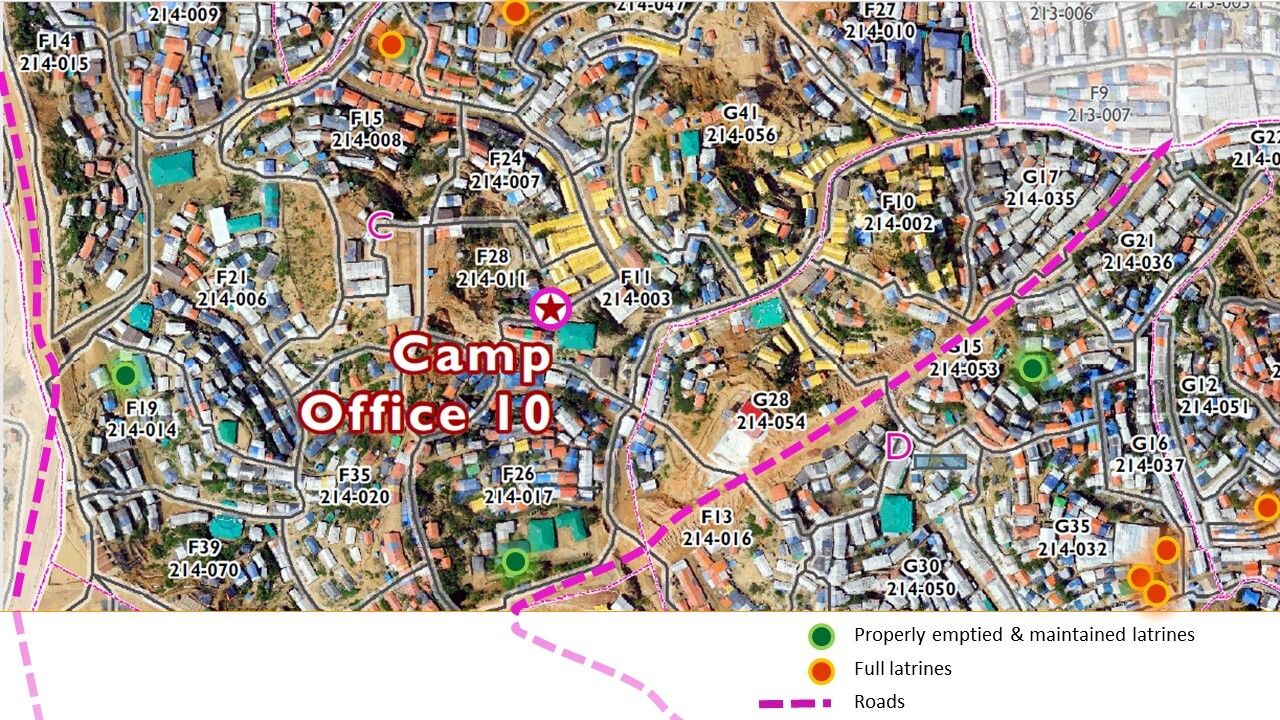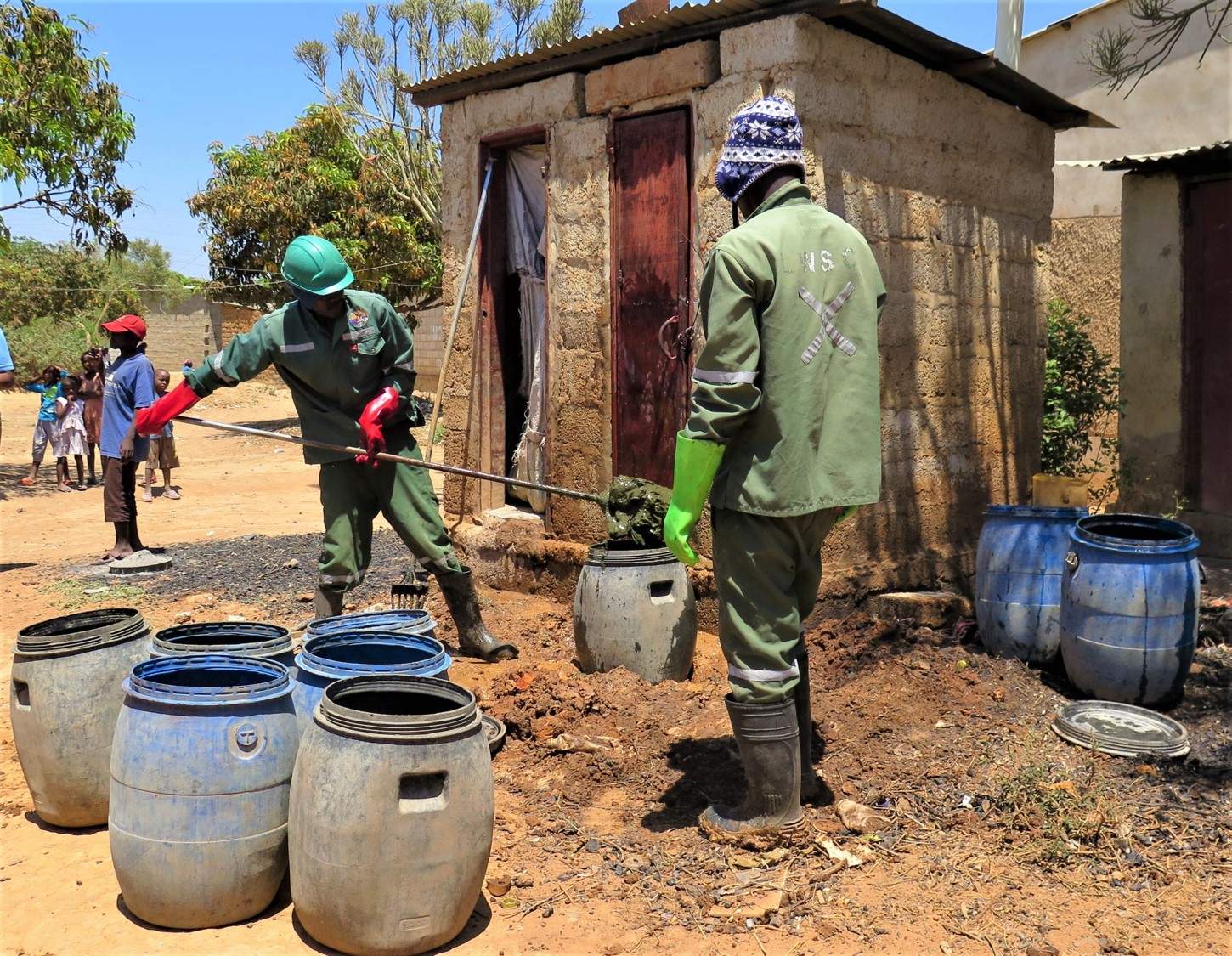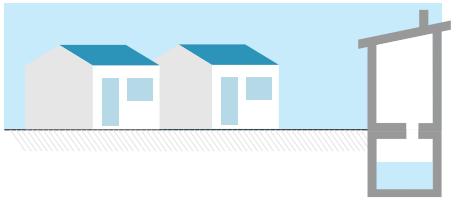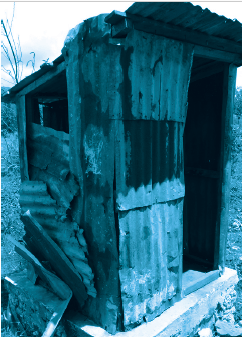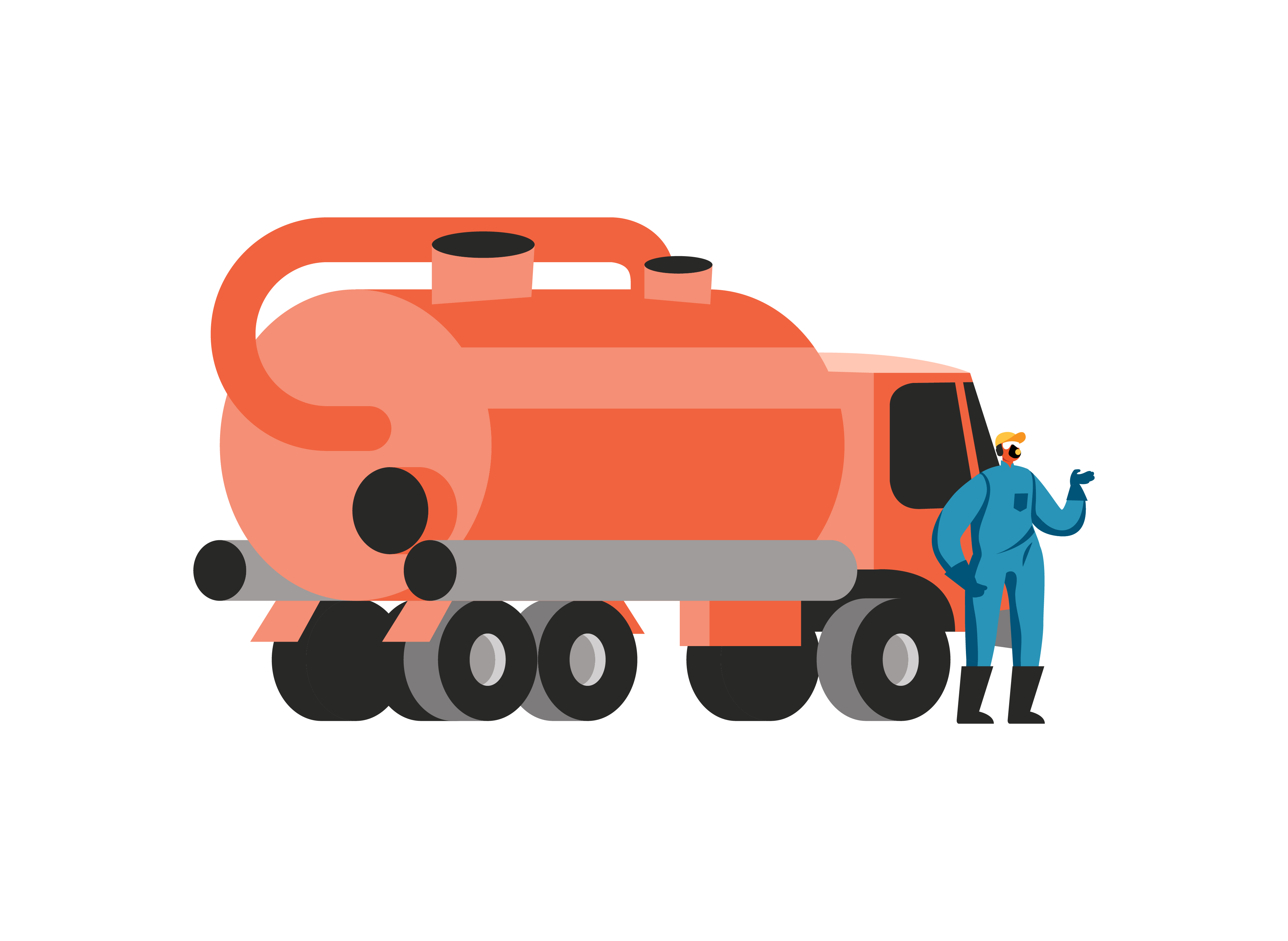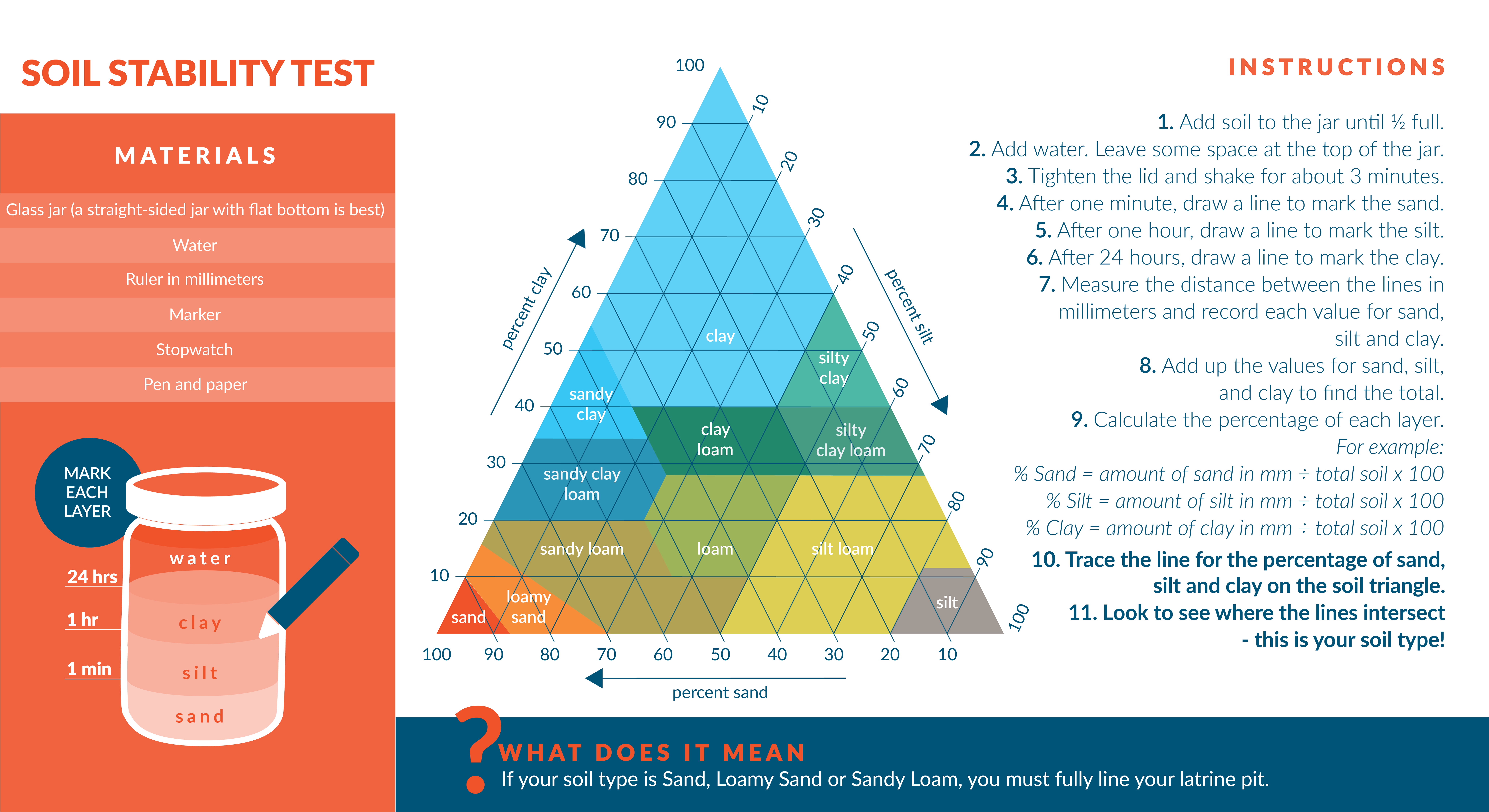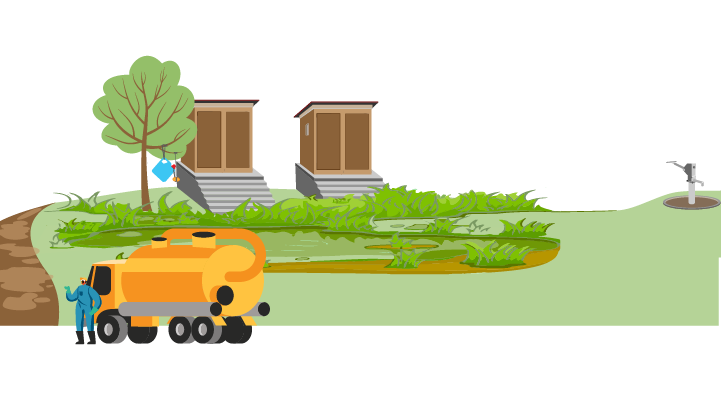A collection of short e-learning tools and job aids to guide sanitation officials regarding emptying, transport and treatment/disposal (fecal sludge management) appropriate for humanitarian contexts.
This project is made possible by the generous support of the American people through the United States Agency for International Development (USAID). The contents are the responsibility of CAWST (Centre for Affordable Water and Sanitation Technology) and do not necessarily reflect the views of USAID or the United States Government.
